Sunday, March 27, Barbara and I took part in an interesting “exercise” at the Anahuac National Wildlife Refuge in southeast Texas. The Friends of Anahuac sponsor “rail walks” each spring to look for the elusive Yellow Rails and even more elusive Black Rails that inhabit the grasslands of the refuge in the winter and early spring. Having never (knowingly) seen either a Yellow Rail nor a Black Rail, I hoped to see one or the other on this, the first walk of the 2011 season. That was not to be. Our leader has conducted these “walks” for 15 years, twice a day for 5 days each spring. Our first walk of the day, commencing a little after 7:00 a.m., came up empty for the 9th time in all of his outings.
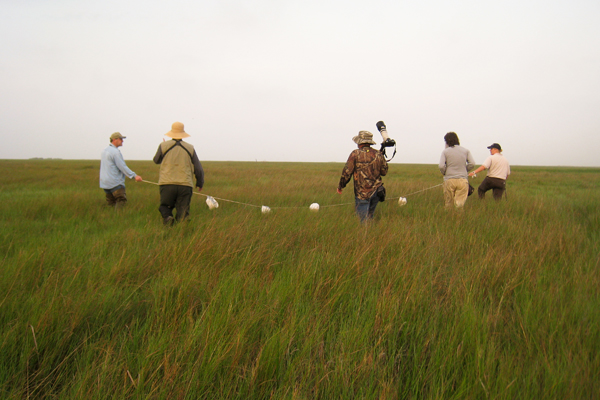
The going was tough. We lined up behind a short rope with milk bottles attached as the leader and a volunteer pulled the rope through the grass. Supposedly, the rails will not flush unless there is a lot of noise right beside them. The 10 or so participants struggled to keep up, but we were all able to complete the outing. The area we searched has not burned for several years and the grass was high and dense and the ground was wet, often with several inches of water hiding under the dense grass. We were able to stay with it, but we were exhausted. Several falls occurred (with soft landings in the mushy, wet grass). The best birds for the walk were good numbers of Sedge Wrens and Seaside Sparrows.
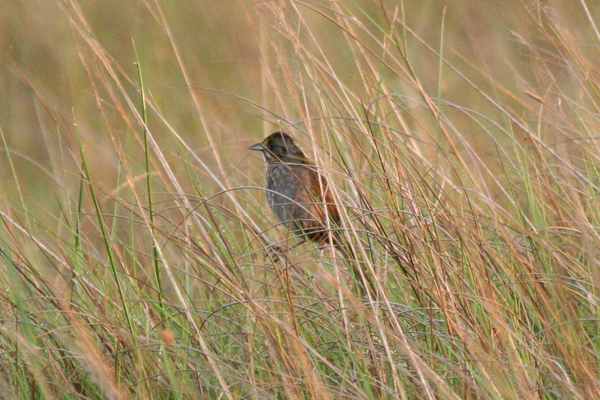
After the walk we explored some of the trails at Anahuac. We were rewarded with closeup views of two Yellow-crowned Night Herons in full breeding plumage.
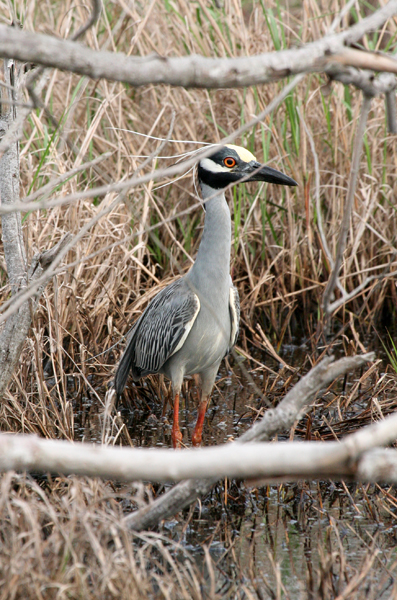
We then drove to High Island. I have heard of High Island for years as a prime stop-over for weary warblers migrating across the Gulf of Mexico in early spring. Either we were too early to see any warblers, or weather conditions had not been suitable to create the “fall-outs” for which High Island is reknowned. The Audubon Society has acquired several properties at High Island. One of these, Smith Oaks Bird Sanctuary, contains a rookery located on a U shaped island in the middle of a fairly large pond on the Sanctuary. We were fortunate to be there at the beginning of the breeding season.
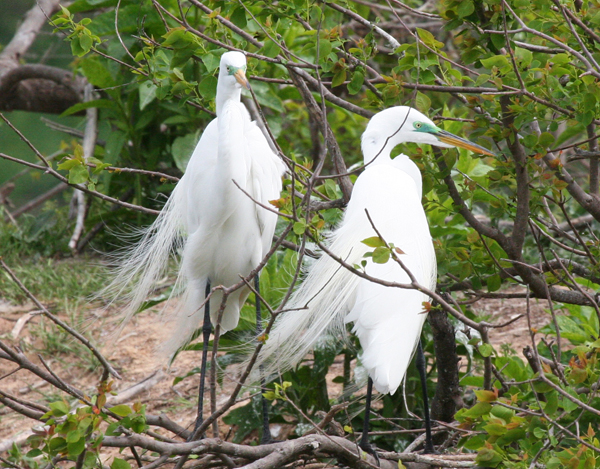
The rookery was filled with nesting Great Egrets and Cormorants, and courting Roseate Spoonbills.
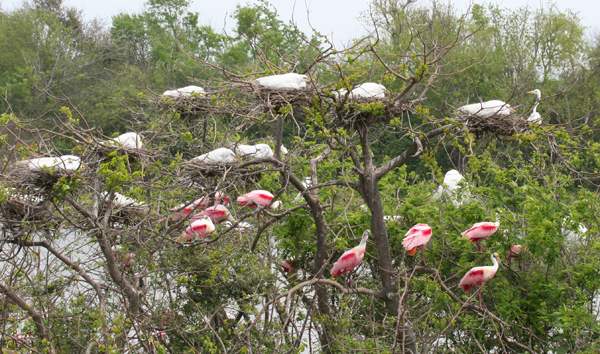
The Spoonbills were exceptionally colorful.
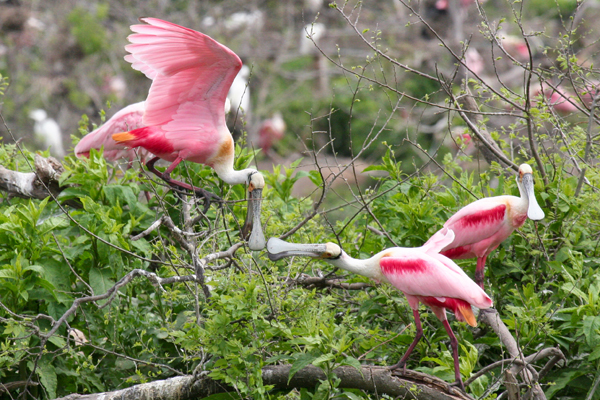
One of the other highlights was the sight of light blue eggs protected by an Egret in her nest.
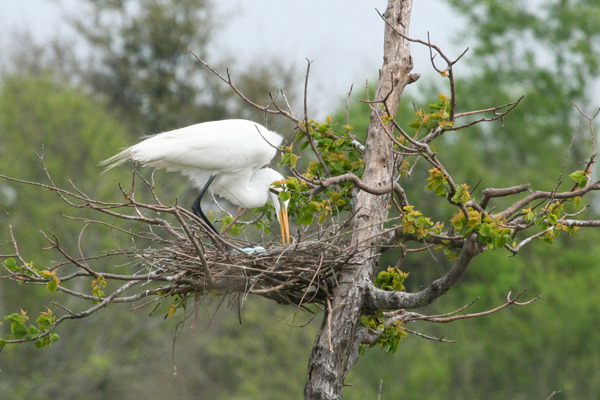
We enjoyed the spectacle for an hour or so before moving on to explore the beach at High Island.
At the beach we were entertained by a myriad of Brown Pelicans, Laughing Gulls and several species of Terns as they dove into the surf for succulent raw fish dinners.
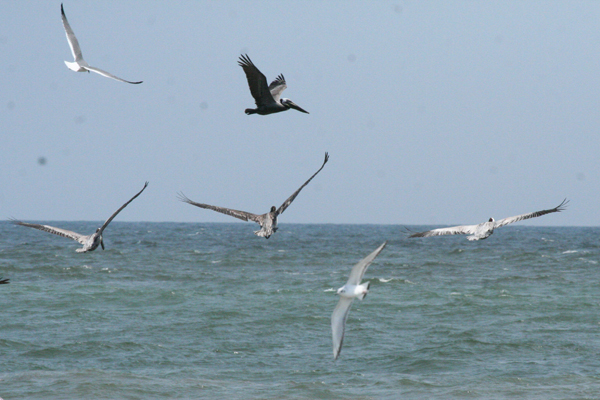
We returned to Anahuac for the afternoon walk. Our leader had located a somewhat less difficult area for the afternoon walk. The afternoon participants included a foursome of young birders from Hungary, whose ability to keep pace with the leader made for a better chance of scaring up a Yellow Rail, but taxed us at least as much as the morning “hike” in the taller and wetter marsh. Consequently we cut our participation short and found our way back to the road and our car before the search was completed. Again, we found no rails, and we do not know if any were located by the remaining participants after we bailed out. Again North American Bird number 700 eluded me. Oh well, there will be plenty more opportunities. For those of you who have never participated in a “rail walk”, I recommend that you do it sooner rather than later so that you have the physical stamina for it. Our guide indicated that he once had an 85 year old participant who managed it without apparent ill effects. Personally, I would not recommend waiting that long. Nor would Barbara.
